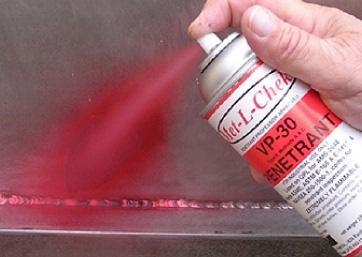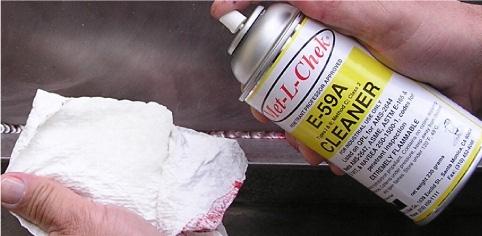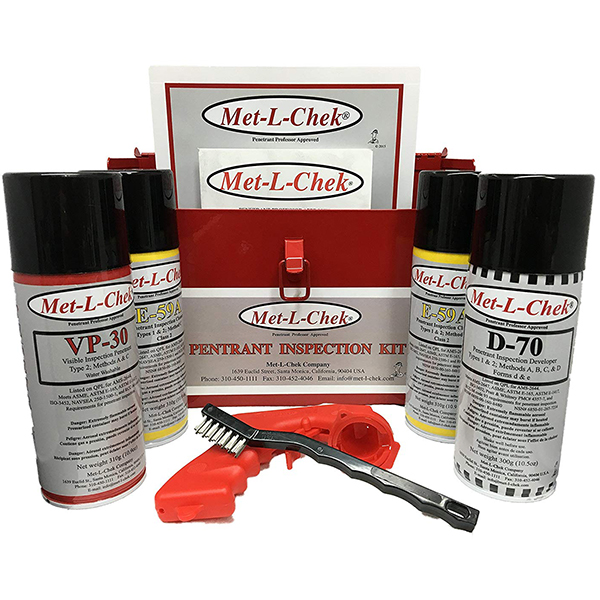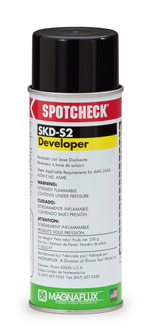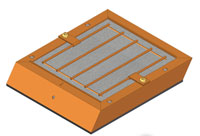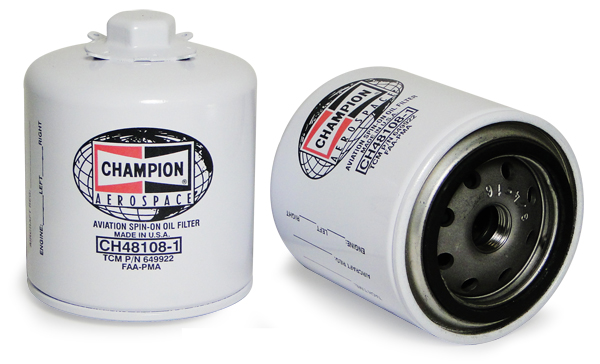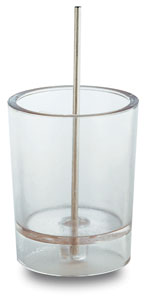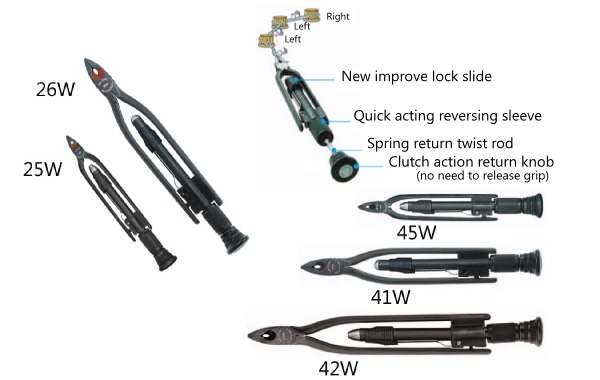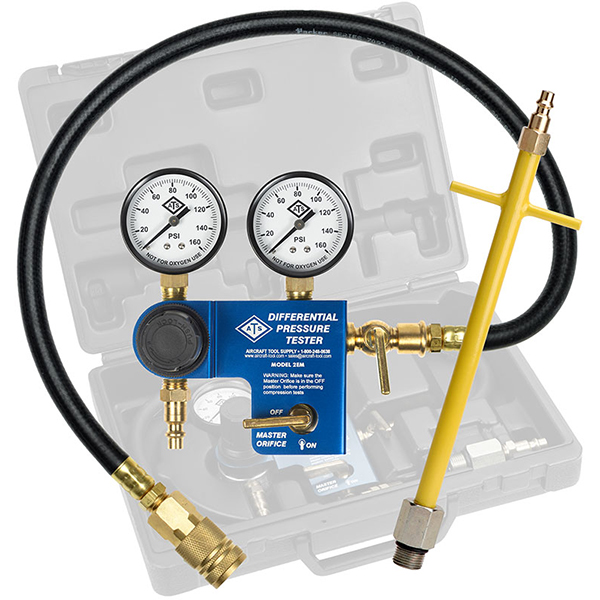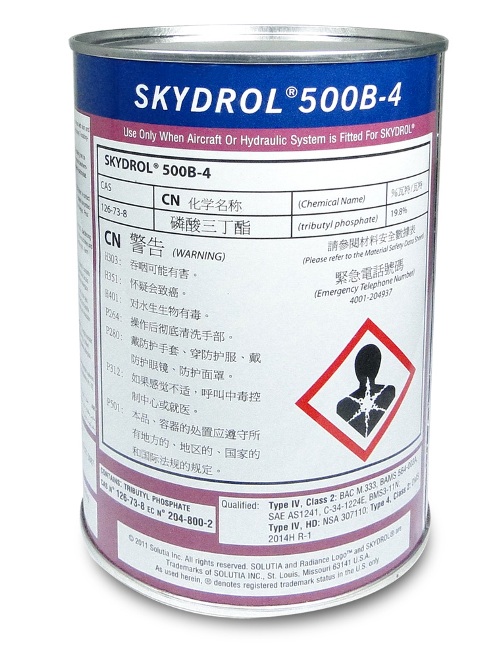Met-l-chek Developer D-70
Артикул: 09-04303
4031 3359 руб.
Наличие: – Есть в наличии у нашего поставщика. Доставка на наш склад в течение 5...6 недель после оплаты Вами заказа.
При добавлении в корзину к цене товара добавится таможенное оформление опасного груза. Окончательную стоимость Вы увидите при оформлении заказа.
Overview
| D-70 has been used by automotive manufacturers to assist in locating oil and gas leaks in engine components and hydraulic lines. The area of interest is cleaned and the developer applied. The engine is run and the oil leak will appear as a dark spot on the white coating. Reminiscent of the old oil and whiting inspection used by railroads before the advent of modern penetrant inspection materials. The use of a developer is required by most penetrant inspection testing specifications. The developer draws the penetrant from the flaw and creates a uniform surface on which to view the penetrant indication. D-70 is used with fluorescent penetrants as form "d" and with visible penetrants as form "e". It is applied after the surface penetrant has been removed and the inspection surface dried. D-70 nonaqeous developer consists of absorbent powder suspended in a volatile solvent. The developer particles will settle out upon standing, requiring agitation prior to application. This type of developer is most commonly used in aerosol cans, but may also be bulk sprayed using a paint sprayer. The solvent action of this type of developer helps bring the penetrant to the surface enhancing the detectability of the finest flaws. This type of developer uses flammable solvents and should not be used in confined spaces or near open flames or sparks. D-70 is approved by Boeing, Edf, GE, Pratt & Whitney, ISO- 3452-2005 and is the qualification standard for AMS-2644E. It is low in Sulfur, Sodium, Chlorine, Fluorine and other Halogens, making it safe for use on Titanium and high Nickel alloys found in aerospace, medical and nuclear components. D-70 finds wide use in weld inspection in ship building and weld repairs. It is used in heat exchanger inspection in what is called the through leak method where penetrant is applied to one side and the D-70 to the other. After a prescribed penetration time the developer coating is inspected for penetrant indications which highlight a through leak. |




